Carrots
Carrots tend to take longer to cook than other vegetables, but when overcooked, they lose their crunch and some of their nutritional value. They may even form harmful substances that can affect your health.

Broccoli
Broccoli is a healthy choice, but it can easily become overcooked and lose its crunch. Keep an eye on the time to ensure it’s cooked just right, retaining its crispness and natural sweetness.
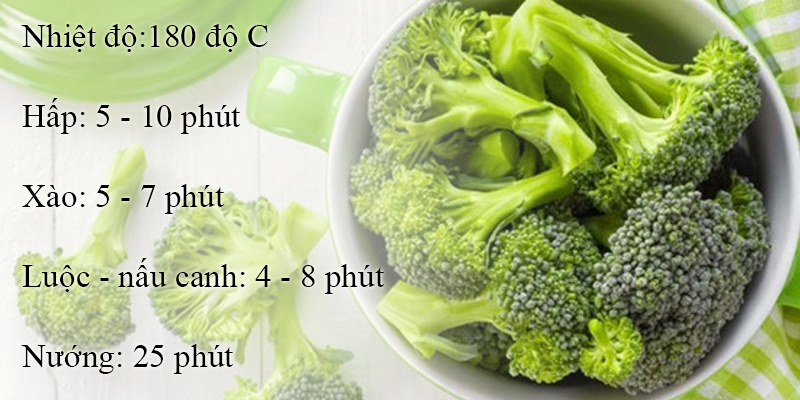
Cauliflower
Cauliflower is a great source of fiber, but it requires a bit more cooking time than broccoli. Make sure you give it enough time to cook through without overdoing it.
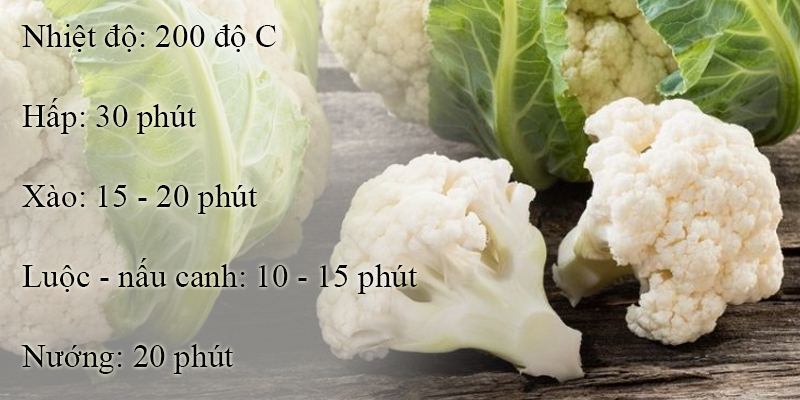
Winter Squash
Winter squash, such as pumpkin, is denser than summer squash, so it takes longer to cook. It’s a great source of vitamins and minerals, so make sure you give it enough time to cook through properly.

Corn
When grilling or boiling corn, it’s common to leave the husk on, making it tricky to know when it’s done. Check it after 5 minutes to avoid overcooking and remove the husk to test for doneness.
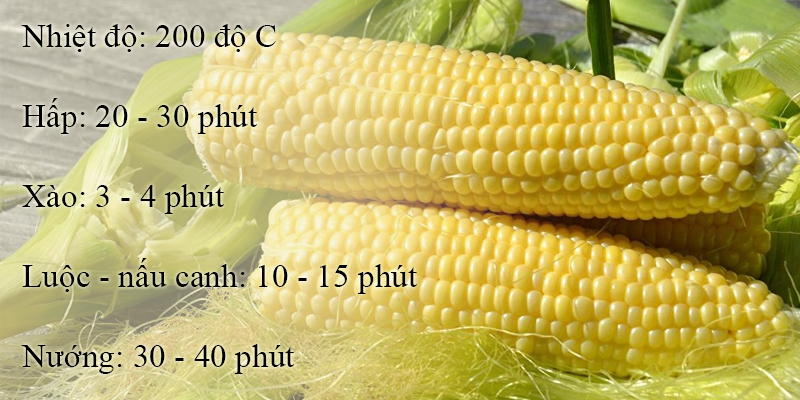
Artichokes
Artichokes are nutritious, but prolonged exposure to high heat can reduce their nutritional value. When stir-frying, simply cook until they turn from green to a golden hue.

Cabbage
Cabbage is a versatile vegetable that can be eaten raw or cooked. A quick blanch is all it needs to be table-ready.
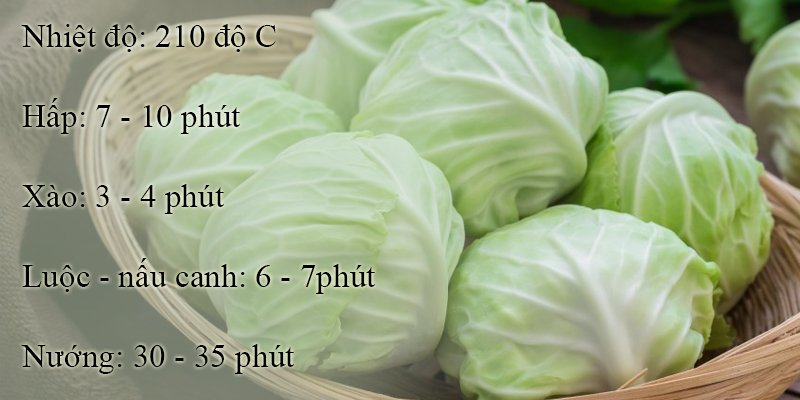
Potatoes
Potatoes are soft and often used in stews, which require longer cooking times. Stick to the recommended cooking time to ensure they’re tender but still retain their moisture.
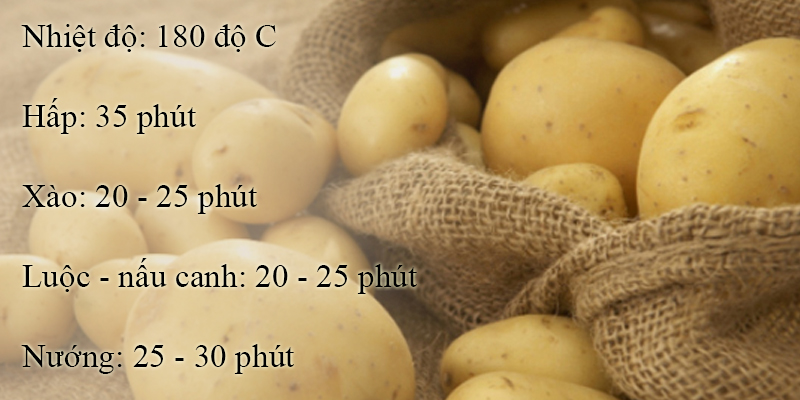
Peas
Most people stop cooking peas when they turn a bright green, but this can leave them tasting undercooked. Give them a little more time to cook, and they’ll be sweet and tender yet still retain their crunch.
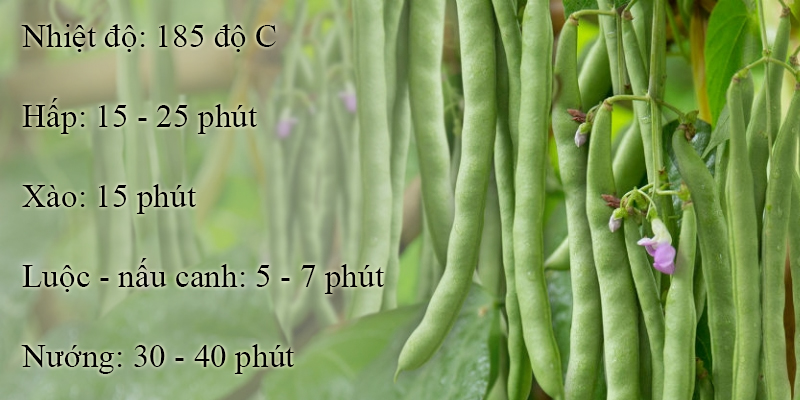
Asparagus
Asparagus is packed with water and has a soft, small profile. A few minutes of cooking is all it takes for perfectly cooked asparagus.
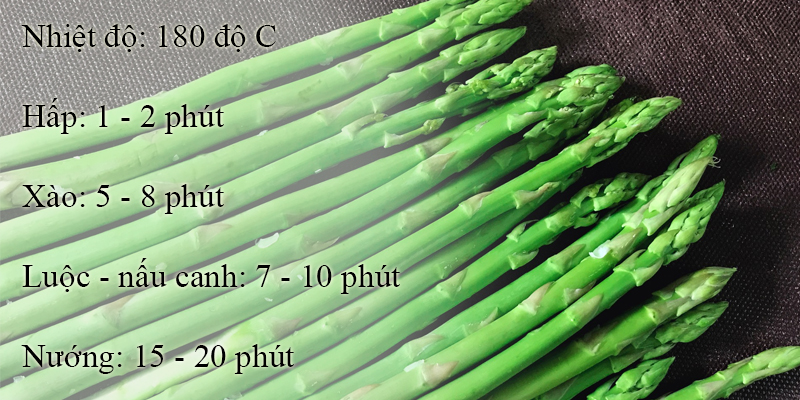
Retaining vitamins and minerals in vegetables is crucial to ensuring your body gets the necessary nutrients. Remembering the cooking times and temperatures for each vegetable will help you create delicious and nutritious meals for your family.
For more information, visit kitchenbyte.com
Tips on Selecting Healthy Cooking Oil and Safe Ways to Cook with It
A Taiwanese company has made a significant impact on the food industry through the recycling of over 700 tons of dirty oil, which has been exported to over 12 countries, including Vietnam. This has raised a few eyebrows among housewives, as cooking oil is an essential condiment in daily cooking. To ensure the safety and quality of their cooking oil, consumers should take note of the following advice.






































